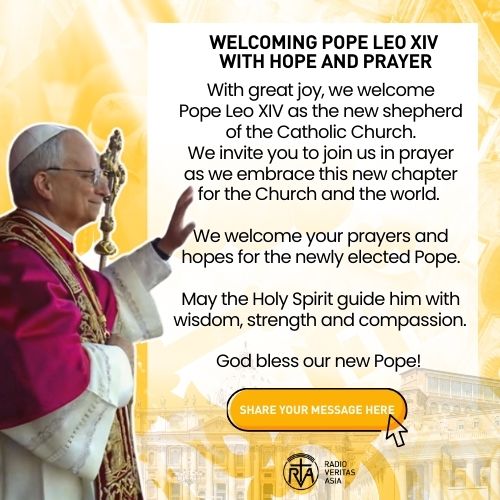Science and Faith: Adversaries or Partners?
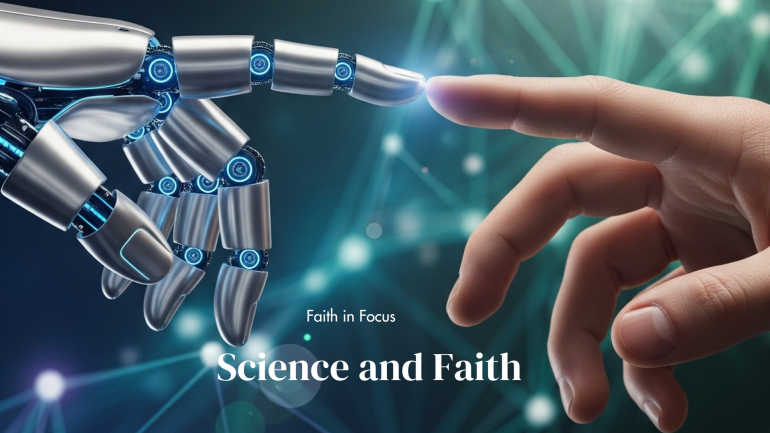
Do scientists believe in God? The question arises with every discovery, from Galileo’s telescope that first pierced the heavens to the Large Hadron Collider’s search for the elusive Higgs boson. Some insist the answer is a resounding no, that science has long buried God under the weight of data, equations, and microscopes.
Others, equally convinced, say yes, that every discovery only deepens the sense of wonder, pointing to an intelligence behind the laws of the universe.
Yet perhaps the debate itself is misplaced. History shows that faith and science have long walked together, not as rivals but as companions in the search for truth. The tension we imagine between the two is often a modern invention, born of misunderstanding both the nature of belief and the vocation of scientific inquiry.
To believe in God is not to deny reason. To pursue science is not to extinguish faith. The saints remind us that both can exist in harmony, each illuminating the other like twin beams converging on the same horizon of truth.
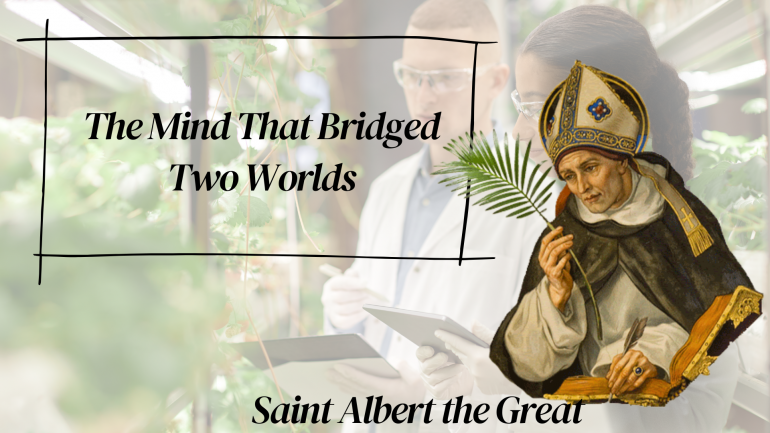
Saint Albert the Great: The Mind That Bridged Two Worlds
Saint Albert the Great (1206–1280) is the patron saint of natural scientists. Known as the Universal Doctor for the vastness of his learning, Albert embodied the conviction that all knowledge ultimately leads to God.
He was among the first to affirm that the Earth was round, long before the idea gained popular acceptance. He studied plants and animals with such precision that modern botanists and zoologists still marvel at his observations. He isolated the element arsenic, described the behavior of magnets, and explored the chemical properties of minerals, all while remaining a Dominican friar deeply rooted in prayer.
For Albert, the study of nature was not a diversion from faith but an act of worship. “The whole world,” he wrote, “is theology for those who have eyes to see.” Every atom, every star, every heartbeat was a reflection of divine wisdom.
His intellectual humility matched his brilliance. Despite his genius, he once walked barefoot across Europe in poverty and obedience. His student, Saint Thomas Aquinas, inherited this same synthesis of faith and reason, building a philosophical bridge between Aristotle and Christianity that endures to this day.
Albert’s life declared that devotion to God and devotion to natural philosophy need not conflict; they can, and must, flourish side by side.

Saint Giuseppe Moscati: The Doctor Who Healed with Faith
Fast-forward six centuries to Saint Giuseppe Moscati (1880–1927), a physician, biochemist, and professor at the University of Naples. Moscati lived in a world transformed by industrialization and medical innovation, yet his heart remained anchored in faith.
He pioneered research on glycogen metabolism, explored the relationship between diet and diabetes, and helped modernize the treatment of infectious diseases. But it was his compassion, not his credentials, that made him saintly. He treated the poor without charge, opened his home to the destitute, and often said that every patient carried the face of Christ.
Moscati’s laboratory and his hospital ward were not separate worlds. Both were sanctuaries where faith and reason met, where intellectual rigor and Christian charity intertwined. To him, healing was not only about curing the body but about restoring the dignity of the soul.
In one of his notebooks, he wrote: “Science does not eliminate faith; it purifies it. Faith does not contradict science; it elevates it.” For Moscati, the microscope revealed the same miracle that prayer proclaimed, that life, in all its complexity, is sacred.
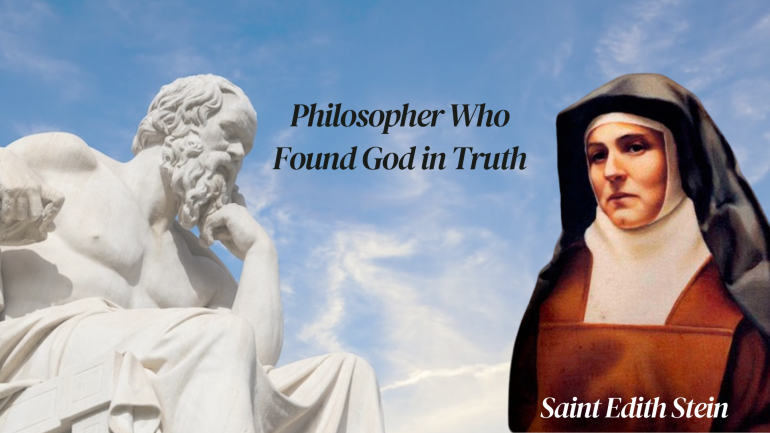
Saint Edith Stein: Philosopher Who Found God in Truth
Then there is Saint Edith Stein (1891–1942), born a Jew, raised an atheist, and later a Catholic philosopher and Carmelite nun. Her journey from skepticism to sanctity was one of the most profound intellectual conversions of the 20th century.
As a student of Edmund Husserl, the founder of phenomenology, Stein was trained to seek truth through reasoned reflection. Yet the more she studied human consciousness, the more she sensed that truth was not merely an idea but a Person.
Her encounter with faith came not through argument but through witness. One night, after reading the autobiography of Saint Teresa of Ávila, she closed the book and said, “This is truth.” She was baptized soon after.
Stein said that whoever seeks truth, knowingly or not, seeks God. For her, philosophy without faith becomes blind; it risks cutting itself off from its own source. Her life ended in Auschwitz in 1942, but her words continue to challenge both believers and nonbelievers alike.
Her story affirms that faith and intellect are not two forces pulling in opposite directions; they are two wings lifting the human spirit toward the contemplation of truth.
When the Laboratory Becomes a Chapel
This harmony between faith and science is not confined to the saints of old. Even today, some of the world’s most brilliant minds find themselves humbled before mystery.
Francis Collins, the American geneticist who led the Human Genome Project, called DNA “the language of God.” Mapping the human genome, he said, only deepened his awe at the intelligence written into creation.
Abdus Salam, the Pakistani physicist and Nobel laureate, viewed his research as an act of worship. “The deeper we seek,” he said, “the more we are led to marvel at the mystery of creation.”
And there was Father Georges Lemaître, the Belgian priest and physicist who first proposed what we now call the Big Bang theory, an idea once dismissed as too “religious” by some of his peers. Yet his equations held. The universe, he argued, began from a “primeval atom,” expanding outward in a cosmic act of creation. Far from opposing his faith, his discovery became an extension of it.
When the Higgs boson, often sensationalized as the “God Particle,” was discovered in 2012, many hailed it as proof that science did not need God. But the Higgs boson only explains how matter has mass, not why there is matter at all. It answers one question and opens a hundred more. For believers, it is not a nail in God’s coffin but another window into the elegance of creation.
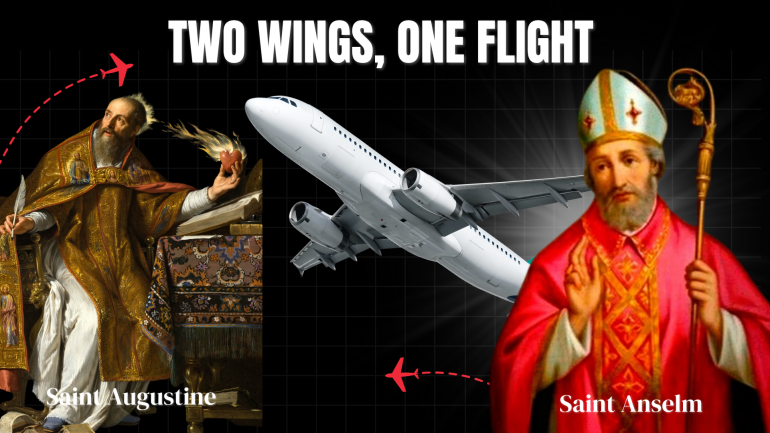
Two Wings, One Flight
Saint Augustine and Saint Anselm both captured the essence of this relationship: credo ut intelligam, intelligo ut credam, “I believe in order to understand, and I understand in order to believe.”
Faith and reason are not adversaries locked in an endless duel. They are dialogue partners, each asking questions the other cannot fully answer. Science maps the mechanisms of the cosmos, how the stars burn, how genes mutate, how life evolves. Faith asks the deeper question, why is there a cosmos at all, and why does the human heart long to know it?
The laboratory and the chapel are not as far apart as we imagine. Both are places where the human heart confronts mystery, where silence and wonder become the truest forms of prayer.
Saint Albert, Saint Giuseppe Moscati, and Saint Edith Stein remind us that the white coat and the religious habit can belong to the same pilgrim, one who kneels before the same vast and mysterious sky, seeking truth not for power, but for praise.
In the end, whether one gazes through a telescope or through stained glass, the view leads toward the same infinite horizon, a universe charged with the grandeur of God.


